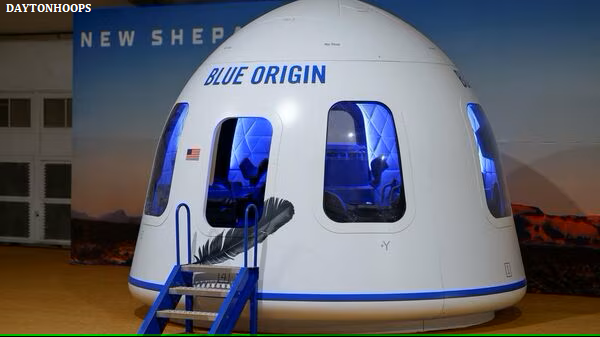US-based Blue Origin plans to launch its Big Shepard rocket on Monday for the first time since an accident more than a year ago, as the company founded by billionaire Jeff Bezos returns to space.
The launch window from the site in west Texas opens at 8:30 a.m. local time (2:30 p.m. GMT), according to Blue Origin, which plans to broadcast the event live.
This mission, known as NS-24, will not carry a crew, but rather equipment for scientific experiments, more than half of which Blue Origin developed in partnership with NASA.
During the accident in September 2022, the booster stage of the rocket fell to the ground, although the capsule part of the spacecraft descended safely by parachutes. There was no crew on board.
The accident prompted an investigation by the Federal Aviation Administration (FAA), which concluded in September 2023 that the cause of the accident was a rocket engine temperature that exceeded the intended one.
The Federal Aviation Administration ordered Blue Origin to make changes to allow launches to resume, including the design of some engine parts.
On Sunday, the FAA confirmed that it had approved Blue Origin’s request for a re-flight.
Blue Origin uses its New Shepard rocket for space tourism flights from Texas.
It has now taken 31 people on short trips to space, including Bezos himself.
The spacecraft consists of an acceleration stage and an upper capsule with a payload.
During the failed mission, known as NS-23, the capsule’s automatic ejection system activated, causing it to float safely to Earth.
The rocket’s main stage was destroyed when it fell to the ground, rather than landing vertically in a controlled manner for reuse, as Blue Origin usually does.
Blue Origin competes in the space tourism request with Virgin Galactic, innovated by British billionaire Richard Branson.
But Blue Origin is also developing a heavy rocket called the New Glenn, which is scheduled to make its first flight next year.
Standing 98 meters (320 feet) tall, the craft is designed to launch payloads weighing up to 45 metric tons into low Earth orbit, while New Shepard climbs to a much lower altitude.

